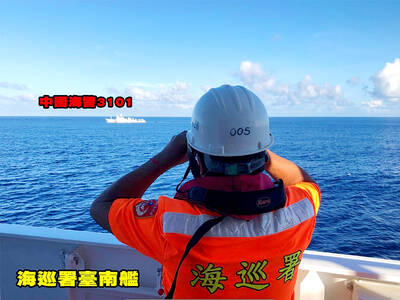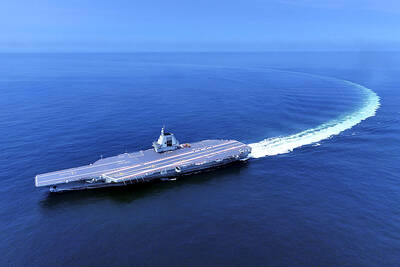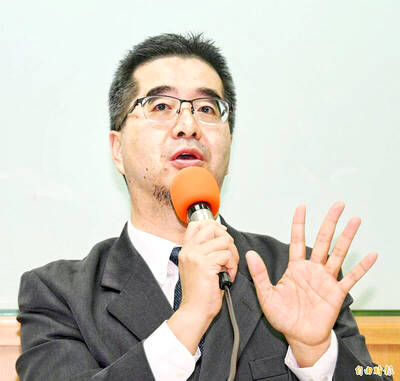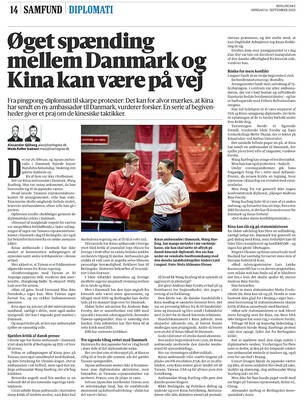The Industrial Development Bureau (IDB) plans to emulate EU norms when crafting a pollution prevention and control mechanism to reduce domestic industrial emissions.
The European Integrated Pollution Prevention Control Bureau (IPPC) issued a directive in 1996 underlining common rules for pollution-control measures for industrial installations.
The directive defined pollution limits, including on greenhouse gas emissions, and detailed Best Available Techniques (BAT) for industries in order to assist companies in cutting greenhouse gas emissions during production.
The IPPC directive ruled that European factories established after 1999 must be equipped with advanced processing techniques and facilities, as well as follow sound operational norms, to meet global environmental standards.
The directive also states that installations established before 1999 must improve or renovate their manufacturing facilities and techniques by the end of this year.
IDB officials said a draft bill on controlling and reducing greenhouse gas emissions has already been sent to the Legislative Yuan for review. The bill stipulates that once a limit on greenhouse gas emissions is put into force, companies will be required to adopt the BAT directive.
Bureau officials said that although the bill is still under review, the bureau has started work on the compilation of BAT reference documents for various industries in the hope that a local version could be compiled by the end of this year.
Starting next year, the bureau will initiate talks with local labor unions on the nation's efforts to follow BAT ideas, including accelerating the replacement of old machines, raising energy efficiency and cutting emissions of environment-depleting gases.
The IDB also said that new industrial investment projects should draft plans and set targets for controlling and reducing industrial emissions.

The Coast Guard Administration (CGA) yesterday said it had deployed patrol vessels to expel a China Coast Guard ship and a Chinese fishing boat near Pratas Island (Dongsha Island, 東沙群島) in the South China Sea. The China Coast Guard vessel was 28 nautical miles (52km) northeast of Pratas at 6:15am on Thursday, approaching the island’s restricted waters, which extend 24 nautical miles from its shoreline, the CGA’s Dongsha-Nansha Branch said in a statement. The Tainan, a 2,000-tonne cutter, was deployed by the CGA to shadow the Chinese ship, which left the area at 2:39pm on Friday, the statement said. At 6:31pm on Friday,

The Chinese People’s Liberation Army Navy’s (PLAN) third aircraft carrier, the Fujian, would pose a steep challenge to Taiwan’s ability to defend itself against a full-scale invasion, a defense expert said yesterday. Institute of National Defense and Security Research analyst Chieh Chung (揭仲) made the comment hours after the PLAN confirmed the carrier recently passed through the Taiwan Strait to conduct “scientific research tests and training missions” in the South China Sea. China has two carriers in operation — the Liaoning and the Shandong — with the Fujian undergoing sea trials. Although the PLAN needs time to train the Fujian’s air wing and

The American Institute in Taiwan (AIT) put Taiwan in danger, Ma Ying-jeou Foundation director Hsiao Hsu-tsen (蕭旭岑) said yesterday, hours after the de facto US embassy said that Beijing had misinterpreted World War II-era documents to isolate Taiwan. The AIT’s comments harmed the Republic of China’s (ROC) national interests and contradicted a part of the “six assurances” stipulating that the US would not change its official position on Taiwan’s sovereignty, Hsiao said. The “six assurances,” which were given by then-US president Ronald Reagan to Taiwan in 1982, say that Washington would not set a date for ending arm sales to Taiwan, consult

A Taiwanese academic yesterday said that Chinese Ambassador to Denmark Wang Xuefeng (王雪峰) disrespected Denmark and Japan when he earlier this year allegedly asked Japan’s embassy to make Taiwan’s representatives leave an event in Copenhagen. The Danish-language Berlingske on Sunday reported the incident in an article with the headline “The emperor’s birthday ended in drama in Copenhagen: More conflict may be on the way between Denmark and China.” It said that on Feb. 26, the Japanese embassy in Denmark held an event for Japanese Emperor Naruhito’s birthday, with about 200 guests in attendance, including representatives from Taiwan. After addressing the Japanese hosts, Wang